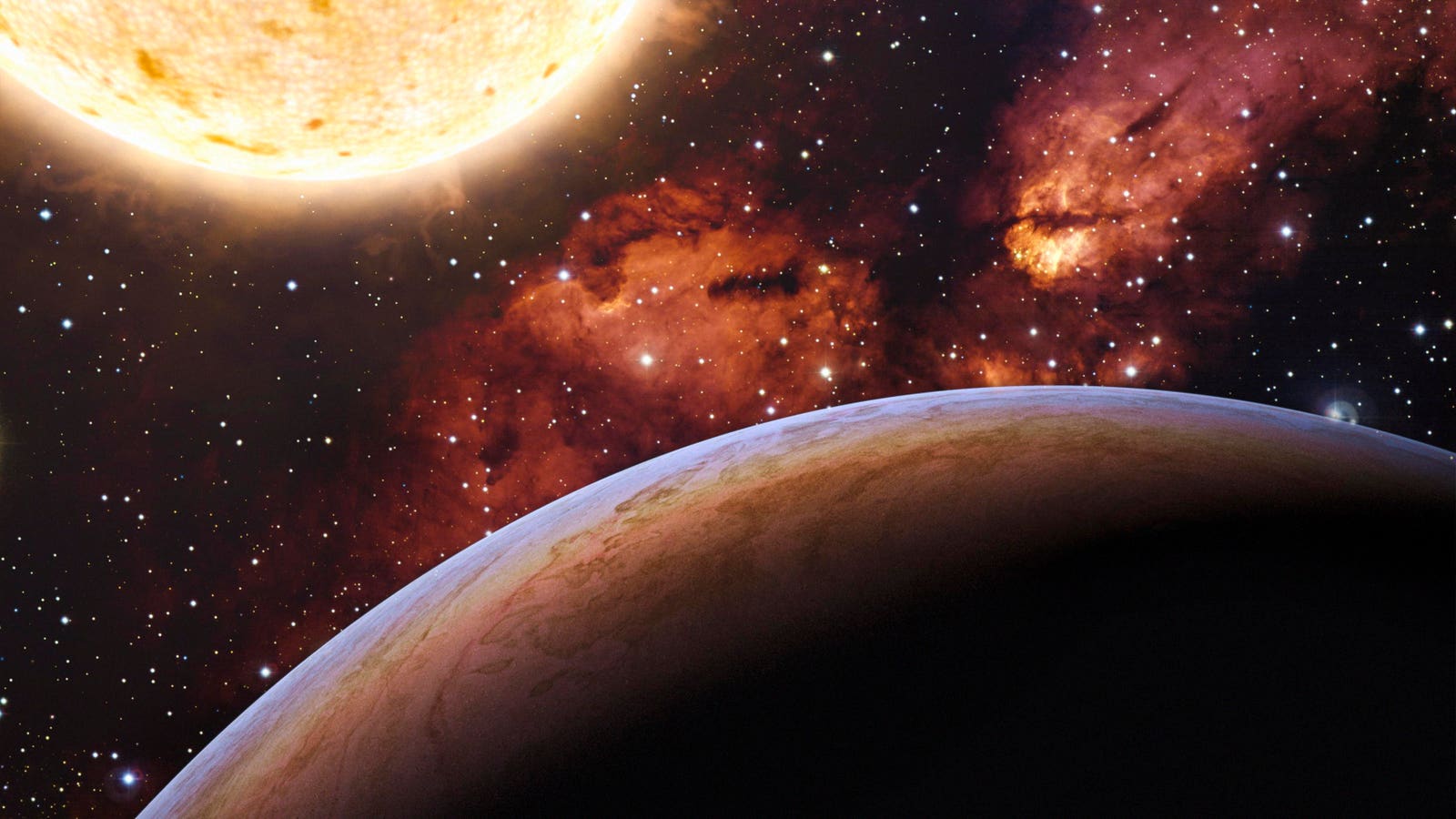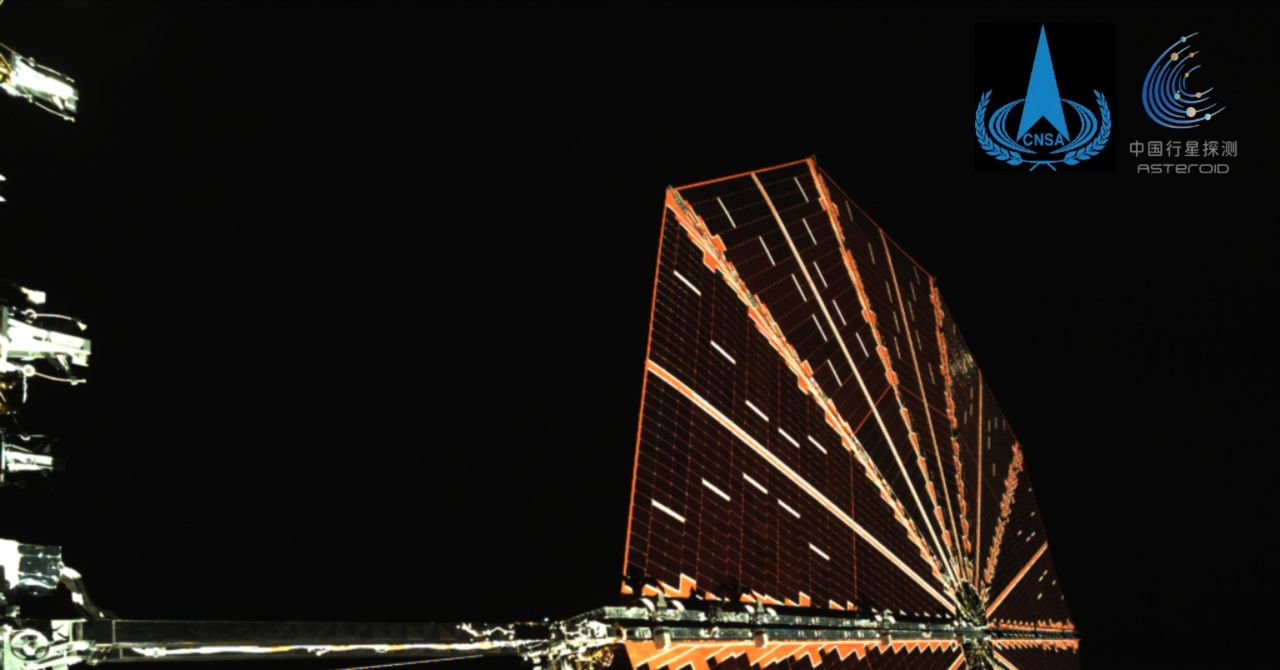Fantasy Alien Exo Planet isolated galaxy space
getty
To successfully look for life beyond our own solar system, astrobiologists desperately need a viable definition of life. Even after a century or so of debate, they lack a viable universal definition of what life is; what it requires, and under what conditions it will be found.
To date, most planetary scientists have relied on crude definitions of habitability, primarily defined as where liquid water can exist on a planetary surface. But a recent three-year NASA-funded study aims to provide a much more precise definition.
Daniel Apai, an astrobiologist at the University of Arizona in Tucson and colleagues, conclude that astrobiologists are missing a universally valid definition of life. This hurdle inherently prohibits a universally applicable definition of habitability, Apai and colleagues note in a paper to appear in Planetary Science Journal.
Our goal has been to find a framework that can guide astrobiologists in assessing whether a location – in the Solar System or beyond – provides the necessary habitable conditions for life, Apai tells me at the recent BEACON25 conference in Reykjavik. Past studies were often inconsistent in how they identified the necessary conditions for life, he says.
There’s also a need to place better parameters on what defines a suitable habitat for life.
Simply put, our habitat model predicts the conditions at the target location, and our model of life tells us whether the type of life we are considering could survive under those conditions, says Apai.
A Realistic Model
At the same time, our model can’t be so complex that we can’t implement it, says Apai. It must work with realistic data, which has uncertainties and incompleteness, he says. And the model should also be understandable to non-scientists, says Apai.
Because it inherently encompasses the chemical reactions necessary for an organism to maintain life, metabolism arguably best fits most of the criteria that define life.
Metabolism is a key to life in large part because in any organism the exchange of materials and energy is essential for life, says Apai.
While progress can be made even without a universal definition of life, it is important that missions are guided by a careful assessment of which targets are more likely to be habitable, says Apai. This is the first time we’ve put something together that works both in our solar system and beyond.
Our framework works for both exoplanets and potential habitats in the Solar System, says Apai. We demonstrate its use pertaining to extrasolar planets, the Martian subsurface and the ocean of Jupiter’s icy moon of Europa, he says.
Apai and colleagues want to use their new framework to assign a number for the likelihood of a given environment as suitable for life. The idea is that they can then prioritize where to allocate observational resources. Then if astronomers do detect a putative biosignature, they can easily determine whether it’s from a habitat suitable for life.
And when making key announcements?
Instead of some cryptic phrase nobody understands, when the results come out right, we must be able to say we detected a signature of life, says Apai.
New Concept Development
To that end, Apai is leading a University of Arizona concept study to build the Nautilus Space Observatory to study some 1000 potential exo-earth candidates using a constellation of replicated space telescopes. These telescopes would jointly collect over 100 times more photons than NASA’s James Webb Space Telescope.
It may take that to remotely detect extraterrestrial life from on any sort of exoplanet. The odds are still not great.
In fact, studies have been revising the occurrence rates of Earth-sized planets in the habitable zone to values two to three times lower than it was assumed in the past, says Apai.
Planetary Transits
Observing an earthlike exoplanet as it passes in front of its parent star, the Nautilus observatory’s individual unit telescopes would each detect the same planetary transit, says Apai. The signals from observations of a single celestial target would then be digitally combined, he says.
The Bottom Line?
Lower cost reusable launch vehicles — innovative glass-molding fabrication and the invention of a revolutionary flat lens on each telescope will enable spectacularly sensitive measurements, says Apai.
As for funding and a potential launch date for the Nautilus Observatory?
The flat lens technology which underpins the initial Nautilus concept study is privately funded by two foundations, the Gordon and Betty Moore Foundation and the Heising-Simons Foundation with public funding from The University of Arizona. Although the whole project is still not fully funded, the team hopes to launch their first Nautilus pathfinder unit in 2030.
What’s the biggest challenge in all of this?
That we don’t have a good definition for life that is universal, says Apai. So, we had to build a framework that allows us to rigorously handle uncertainties and unknowns, so that we still can get measurable, quantitative answers, recognizing what we know and what we don’t, he says.









